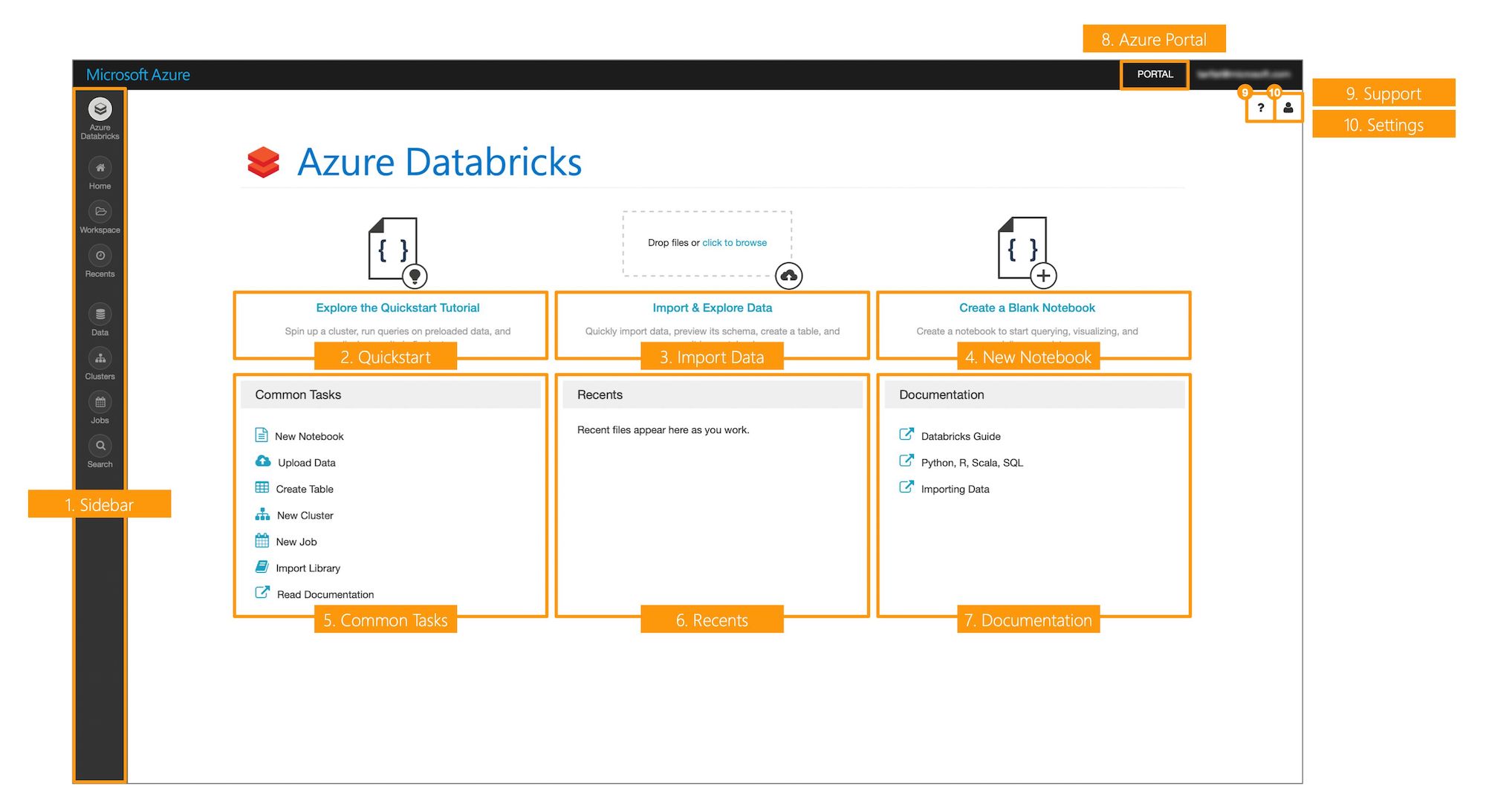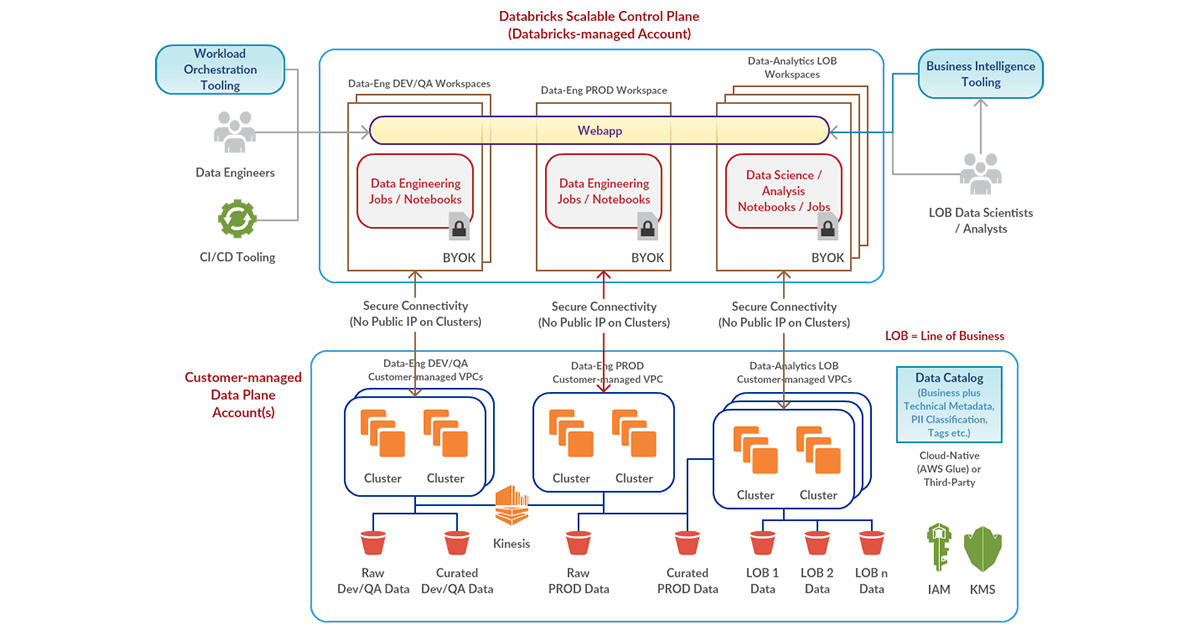

- DATABRICKS WORKSPACE HOW TO
- DATABRICKS WORKSPACE INSTALL
- DATABRICKS WORKSPACE FULL
- DATABRICKS WORKSPACE PASSWORD
Response_keys = requests.get(jwt_uri).json()


Also, make sure to replace in the following code: import jwtįrom cryptography.x509 import load_pem_x509_certificateįrom import default_backend
DATABRICKS WORKSPACE INSTALL
You must first install the PyJWT library using pip install pyjwt and the cryptography library using pip install cryptography.
DATABRICKS WORKSPACE FULL
If you want a full decoding (including signature verification) of the token, you can use the following code snippet. You must first install the PyJWT library using pip install pyjwt and the cryptography library using pip install cryptography: import jwtĪlgorithm = jwt.get_unverified_header(token) Here is an code snippet that shows the payload of the token. Validate the signature of the token using the public certs from the OIDC endpoints. unique_name: Should be a user that exists in the Databricks workspace, unless the user is a contributor on the workspace appliance resource.An Azure Databricks account represents a single entity that can include multiple workspaces. Your organization can choose to have either multiple workspaces or just one, depending on its needs. nbf/exp: Current time should fall between nbf and exp In Azure Databricks, a workspace is an Azure Databricks deployment in the cloud that functions as an environment for your team to access Databricks assets.tid: Should be the tenant of the workspace (look this up either by org ID or workspace appliance ID).You should verify that the following fields match the record: When you have an Azure AD access token, you can verify that it includes the correct information (see validate tokens). Redirect URIs do not match Error Message The reply url specified in the request does not match the reply urls configured for the application: ''Ĭheck that the redirect URI in your request matches one of those in the application. After permissions are granted, you can use the programmatic method to get the token. Azure Databricks is a fully managed first-party service that enables an open data lakehouse in Azure. Alternatively, click the Grant permissions button described in the application configuration. The web page will guide you to grant permissions to the application. Use the interactive method to get the token.If the AzureDatabricks resource is not added to your application, ask an Admin user to add it.Send an interactive authorization request for this user and resource.
DATABRICKS WORKSPACE PASSWORD
Failed to get token using username and password Error Message The user or administrator has not consented to use the application with ID.
DATABRICKS WORKSPACE HOW TO
jar files) is not support by the workspace API.This article describes how to troubleshoot errors you may encounter when getting Azure Active Directory access tokens and how to validate access tokens.


 0 kommentar(er)
0 kommentar(er)
